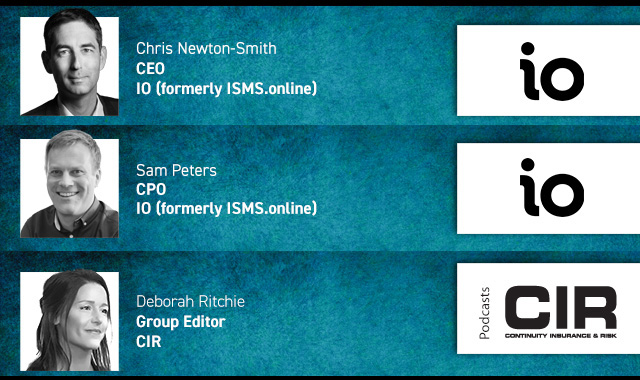In the wake of recent record-breaking non-tropical cyclone rainfalls in various regions across the US, increasing temperatures and climate change are fuelling the risk of catastrophic flooding, according to Moody’s RMS.
In the US earlier this month, West Point Military Academy in New York received more than seven inches of rainfall within three hours, which is equivalent to a 1-In-1,000 rainfall return period based on the backward-looking NOAA rainfall database. Fort Lauderdale last April serves as another example, with a rainfall of more than 25 inches in a 24-hour period prompting a flash-flood emergency with widespread damage.
Firas Saleh, director of product management for climate and flood risk at Moody’s RMS, said: “Rising temperatures allow the atmosphere to hold more moisture, leading to extreme rainfall intensities and floods in areas far from floodplains and coastlines. In addition to these climate-related challenges, aging infrastructure further compounds the vulnerability to these extreme events.”
“Many existing stormwater systems, levees, and other flood-control measures are designed based on outdated climate data and incapable of effectively mitigating the impacts of such intense rainfall events,” added Saleh. “To comprehensively address and prepare for these challenges and make proactive decisions on managing flood risk, it is imperative for stakeholders to have access to accurate flood risk models and up-to-date data on current and future flood risk.”
Printed Copy:
Would you also like to receive CIR Magazine in print?
Data Use:
We will also send you our free daily email newsletters and other relevant communications, which you can opt out of at any time. Thank you.












YOU MIGHT ALSO LIKE